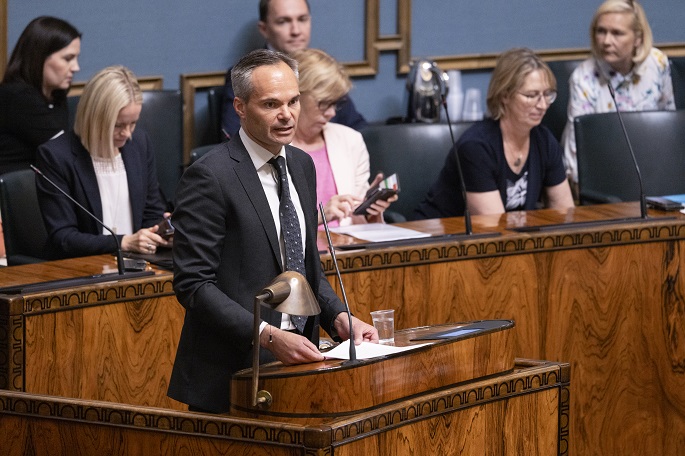Finland not to meet carbon neutrality goal without more action: report
Published : 28 Jun 2024, 03:47
Updated : 28 Jun 2024, 03:49
Finland is falling behind on meeting its 2035 carbon neutrality goal and must take more action, particularly in the land use sector, an annual government report showed on Thursday, reported Xinhua.
The report submitted to the parliament said that additional reduction required to attain the 2035 neutrality would amount to half of Finland's current total emissions, or 19 million metric tons (Mt) of carbon dioxide (CO2).
Meanwhile, the country needs a reduction of 1.3 million Mt CO2 to reach the 60 percent cutback by 2030 as laid out in its Climate Act.
The government report said the net carbon sink of Finnish forests has shrunk considerably in the last few years, posing major challenges to the country's climate goals.
Forests and soil are the most significant carbon sinks in the land use sector. According to current estimates, Finland will fall far behind the EU obligations for the land use sector for 2021-2025, the report said. The country will need to purchase credits from other EU member states to cover the deficit, it added.
"Finland must find a sustainable level of forest utilization," Minister for Climate and Environment Kai Mykkänen said at a press briefing about the government's climate statement. "Forest industries should find added value and growth without increasing forest utilization volumes."
Mykkänen noted that the Finnish government is yet to make decisions to reduce forest utilization, adding that it would not be "politically easy" to take certain measures, such as closing down up to three pulp plants in eastern Finland which are essential for local welfare.
Last year, Finland's greenhouse gas emissions declined by 11 percent compared to 2022. The report attributes this positive trend to the decreased use of coal and peat, alongside the increased share of nuclear and wind power in energy production.


